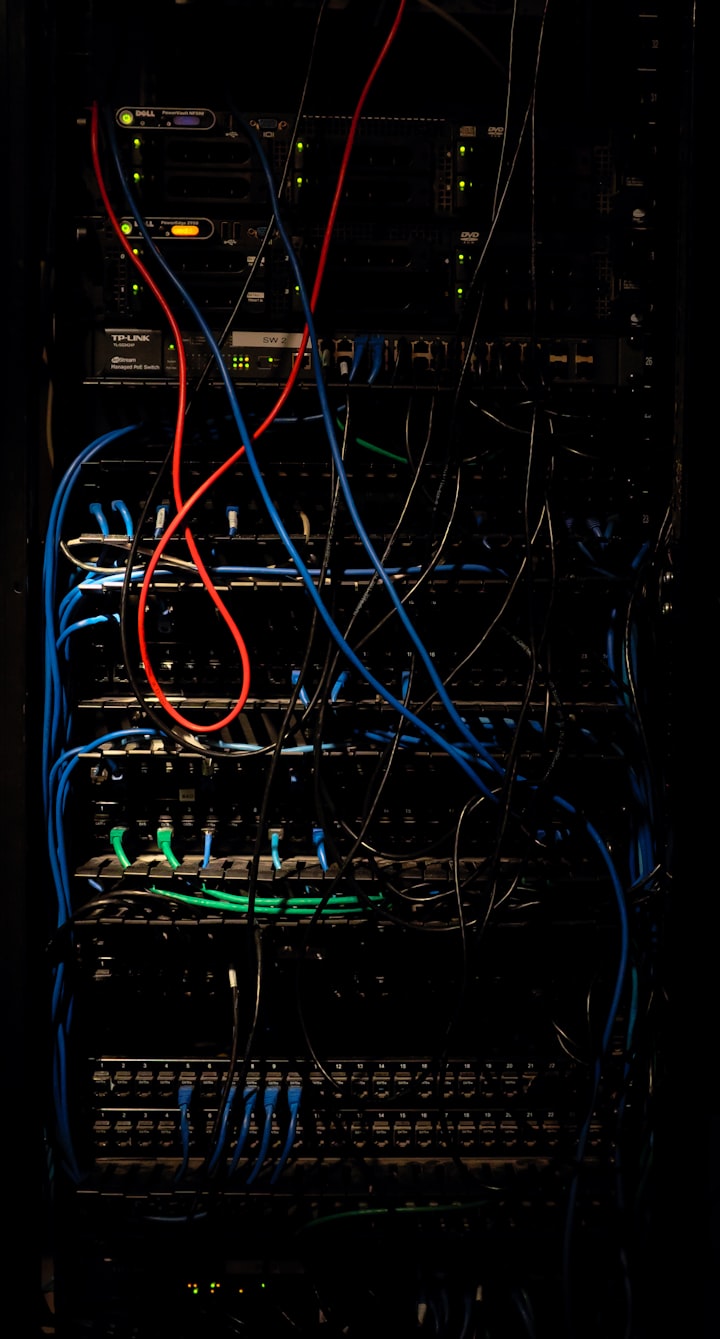What Is PSTN and How Does It Work?
The PSTN, or the conventional circuit-switched telephone network

In the world of modern telecoms solutions like VoIP, mobile phones and video calling the tried and tested PSTN (publicly switched telecoms network) is often overlooked.
We will give an overview of PSTN telephone networks in this article, covering the basic setup and how the technology works as well as some of the reasons for the global decline in usage and the alternatives available for modern business telecoms.
What Is a PSTN Telephone Network and How Does It Work?
The PSTN, or the conventional circuit-switched telephone network, has been widely used since the late 1800s.
For generations, this legacy platform has provided businesses and households with a reliable means of communicating with anyone in the world through a system of underground copper wires.
PSTN phones are still widely used and widely accepted as a common mode of communication. They have, however, been steadily declining in prevalence over the last decade.
Simply put, when you dial a phone number, your call is routed through the network to its intended recipient – and two phones are connected. But to understand the process fully, let’s consider what happens when you dial a number from your own phone to fully comprehend how a PSTN works.
Step 1 – The sound waves of your voice are converted into electrical signals by your telephone set. These signals are then sent over a cable to a terminal.
Step 2 – The terminal gathers and transmits these electrical signals to the central office.
Step 3 – The calls are routed via fibre optic cable by the central office in the form of electrical signals. The signals are then carried in the form of light pulses through the fibre optic conduit to their destination.
Step 4 – Your call is forwarded to either a tandem office (a regional hub that relays calls to other, farther afield central offices) or a central office (if it is a local call).
Step 5 – Once your call reaches the appropriate office, it is converted to an electrical signal and routed to a terminal.
Step 6 – The terminal connects the call to the correct phone number. The telephone set converts electrical signals back to sound waves as it receives the call.
Why Are PSTN Networks Declining In Popularity?
While they are still commonplace and popular as home telephone connections, PSTN’s are becoming far less commonplace used in businesses. One reason is that a home normally only has to make or receive one phone call at a time, while a business may need to be making several simultaneous calls.
For instance, to be able to run a call centre of 30 people using PSTN, you would need to install 30 separate copper lines into your premises, purchase 30 handsets and then rent 30 separate lines. Even I you can get a good bulk deal on the lines; the monthly costs will soon add up.
What are the alternative to PSTN
The mounting costs of multiple PSTN lines leads most businesses that require more than one line to consider other, more modern, more efficient solutions such as hosted VoIP platforms or an on-premises PBX.
PBX -
A Private Branch Exchange (PBX) is typically used by large corporations with dozens of employees. A PBX turns your company into its own local exchange, where all of your employees' phones are connected.
Your local exchange is linked to your PBX. External calls are routed to a local exchange, while internal calls are routed to your PBX. It's like setting up your own private exchange, with your PBX handling all of the switches.
Because a PBX is a combination of software and hardware, the initial set up can be costly but the monthly cost will be lower than running an equivalent number of lines over PSTN. However, the total cost will vary depending on the number of features you want and the PBX's complexity.
Hosted VoIP –
Voice over IP (VoIP) transmits your voice as data. The analogue voice signal is converted to a digital signal, which is then transmitted over the internet to its destination.
Unlike PSTN, VoIP relies on the internet and does not require the use of additional lines to be installed. When making a VoIP-to-VoIP call, there is no need for an exchange, however, if you wish to make calls to the general phone network you will need to install an SIP Trunk. This allows you to bridge your VoIP system with the wider phone network.
Instead of using "circuit switching" (like PSTN does), VoIP uses "packet switching". Because data packets are sent and received as needed, this type of switching is more efficient than circuit switching. As any information that can be digitised can theoretically be sent via the same network, some VoIP platforms and providers allow you to also send documents and photos, and make video calls over VoIP.
About the Creator
Rohan Kashyap
I am a Pro Blogger from Delhi and Professional SEO & Digital Marketing Consultant, managing over 5+ other blogs, websites and services. I was born on June 6th, 1994 in Delhi, India.






Comments
There are no comments for this story
Be the first to respond and start the conversation.